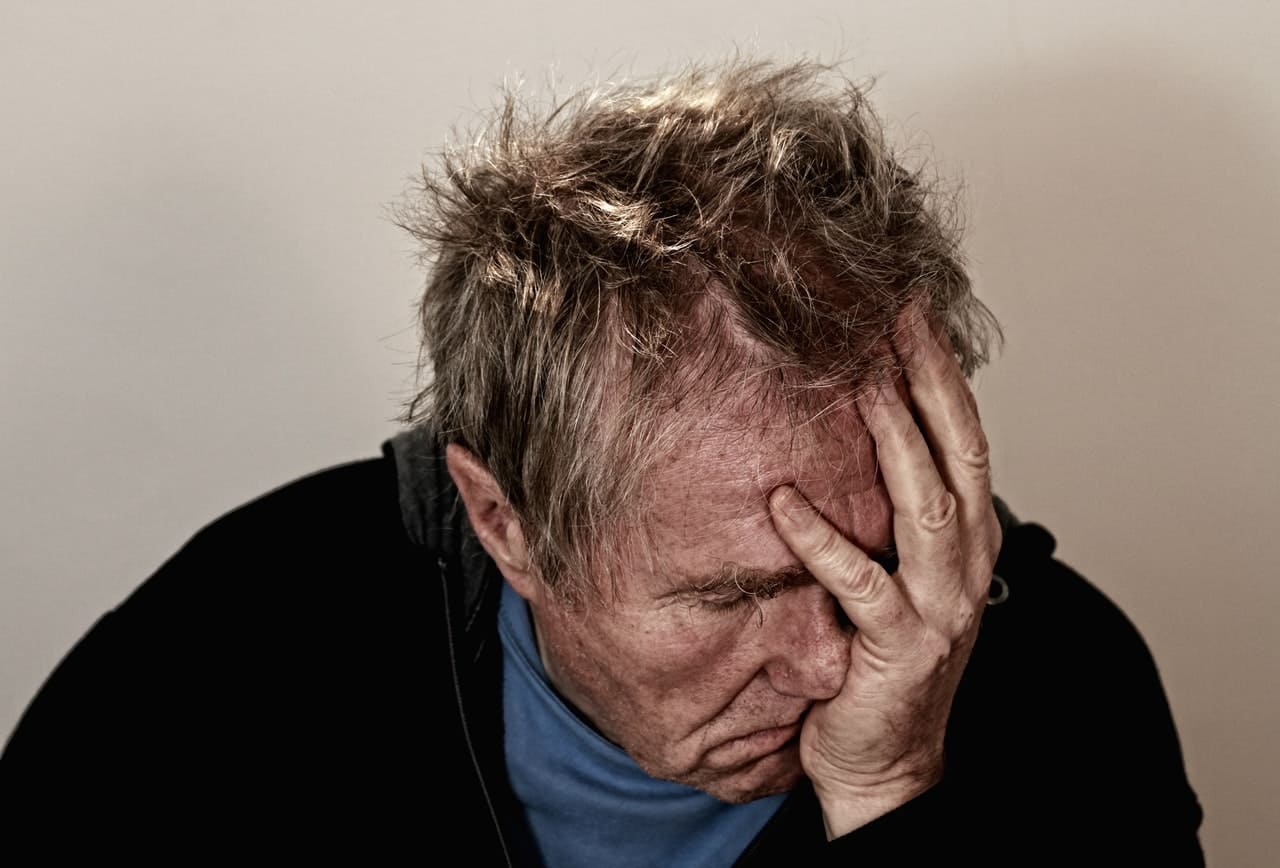
Overview
Benign Prostatic Hyperplasia (BPH) which is also called prostate gland enlargement is a common condition for men as they age. Enlarged prostate can lead to uncomfortable urinary symptoms, as well as urinary tract, kidney, and bladder problems. There are various effective treatments for BPH including minimally invasive therapies, surgery, and medications. Your doctor will work with you and consider the specifics of your health as well as your personal preferences to choose the best treatment options.
Signs and Symptoms
Your prostate gland is under the bladder. The urethra (the tube that transports urine from the bladder out of your penis) passes through the centre of the prostate. Prostate enlargement blocks urine flow.
Many men have continuous prostate growth throughout life, in a portion of men this continued growth enlarges the prostate to a degree that urinary symptoms or urinary flow blockage develop. It is not fully clear what causes prostates to enlarge, it could be due to changing balances of sex hormones as men grow older.
The severity of symptoms in men with enlarged prostate glands varies, though symptoms will tend to worsen over time. Some common symptoms include: increased frequency of night time urination, frequent or urgent need to urinate, weak urine stream or a stream that starts and stops, inability to completely empty the bladder, difficulty starting urination, dribbling at the end of urination, frequent or immediate need to urinate. Some less common symptoms include: inability to urinate, blood in the urine, urinary tract infection.
Your prostate size won’t necessarily determine the severity of your symptoms, some men with only slightly enlarged prostates will have significant symptoms while others with overly large prostates will only have minor urinary symptoms. Some men experience symptoms stabilizing and improving over time.
There are certain factors that put you at a higher risk of BPH including: family history, history of diabetes and heart disease, lifestyle, and aging.
Some complications caused by an enlarged prostate include: urinary tract infection, sudden inability to urinate, bladder stones, and kidney and bladder damage.
Diagnosis and Treatment
Your doctor will begin by asking questions about the symptoms you’re experiencing and will do a standard physical exam which will include: rectal exam, blood test, urine test and a prostate-specific antigen blood test.
Following the physical your doctor may require additional tests to rule out other potential conditions and confirm an enlarged prostate. These tests include: postvoid residual volume test (to measure whether you can completely empty your bladder), 24 hour voiding diary (recording the frequency and amount of urine can help if more than 1/3 of your urinary output occurs at night), and a urinary flow test.
If your condition turns out to be more complex than expected your doctor could recommend: prostate biopsy, urodynamic and pressure flow studies, cystoscopy, or transrectal ultrasound.
To treat prostate enlargement there are various treatment options. The most common option is medication; your doctor may prescribe you one of the following types of medications for mild to moderate prostate enlargement symptoms: alpha blockers, 5-alpha reductase inhibitors, combination drug therapy, tadalafil (cialis).
There are also a number of minimally invasive or surgical therapy options your doctor may recommend if: medication hasn’t relieved your symptoms, your symptoms are moderate to severe, you have blood in your urine, bladder stones, a urinary tract obstruction, or kidney problems, or if you prefer definitive treatment. If you have any of the following these options may not be available to you: uretral stricture disease, a neurological disorder, an untreated urinary tract infection, or a history of urinary tract surgery or prostate radiation therapy.


